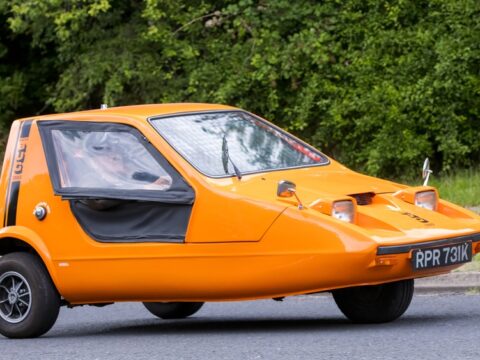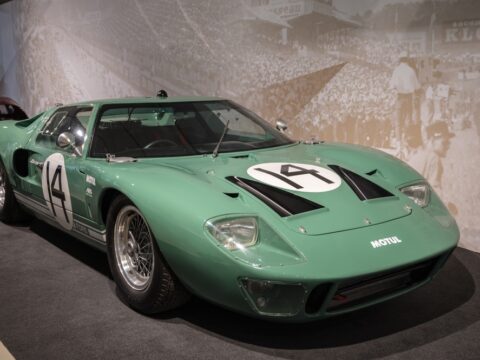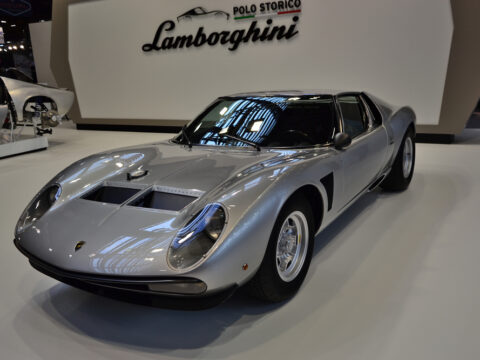High-performance cars represent the pinnacle of automotive engineering, blending speed, power, and cutting-edge technology. This article explores 15 of the most remarkable high-performance cars, showcasing their unique engineering feats and what sets them apart. From hybrid hypercars to track-focused supercars, discover how these machines push the boundaries of performance and innovation.
Contents
McLaren P1
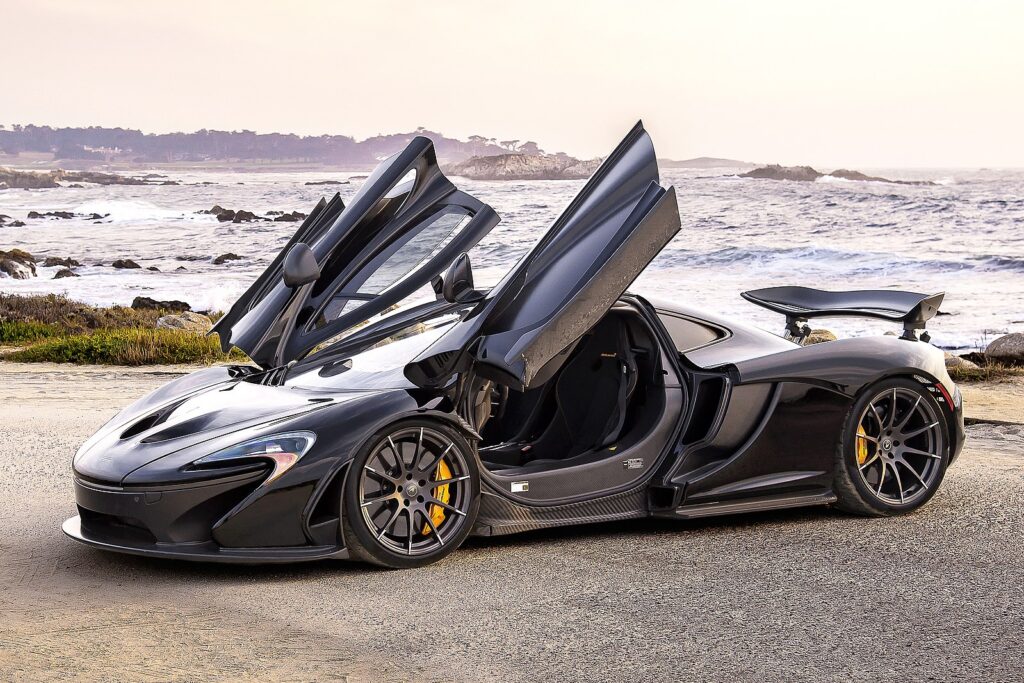
The McLaren P1 is a hybrid hypercar that epitomizes cutting-edge automotive engineering. With a combination of a twin-turbocharged 3.8-liter V8 engine and an electric motor, it generates an impressive 903 horsepower. This power allows the P1 to reach a top speed of 217 mph and sprint from 0 to 60 mph in just 2.8 seconds. Its lightweight carbon fiber monocoque and advanced aerodynamics contribute significantly to its agility and performance.
McLaren Senna
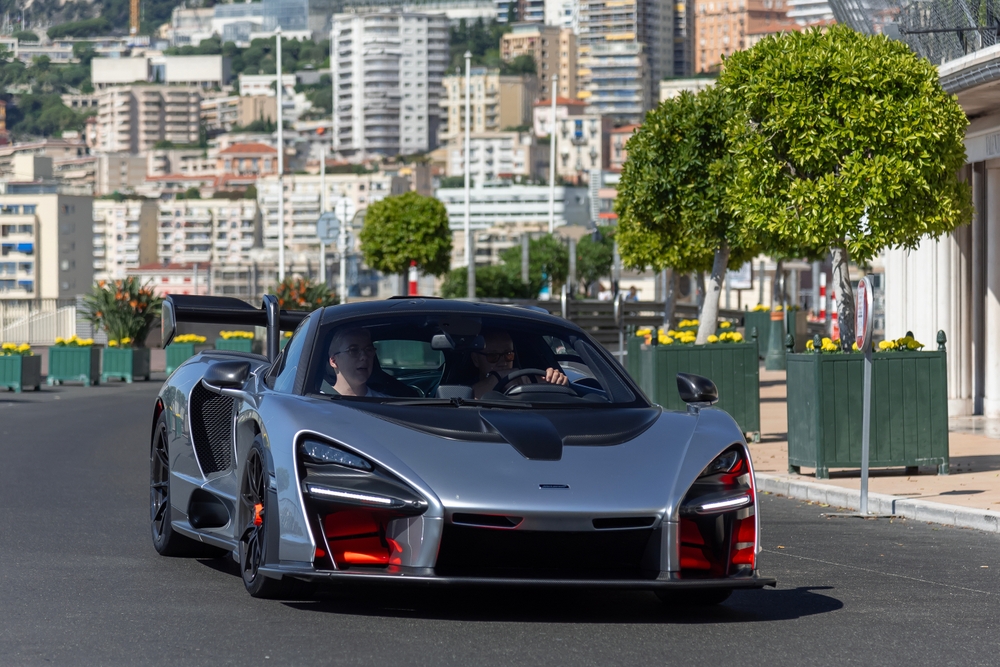
Named after the legendary Formula 1 driver Ayrton Senna, this car is designed for unparalleled track performance. The McLaren Senna features a 4.0-liter twin-turbocharged V8 engine that produces 789 horsepower and 590 lb-ft of torque. Weighing only 2,641 pounds thanks to extensive use of carbon fiber, the Senna is one of the lightest hypercars available. Its active aerodynamics and advanced suspension system enhance stability and handling.
McLaren 720S
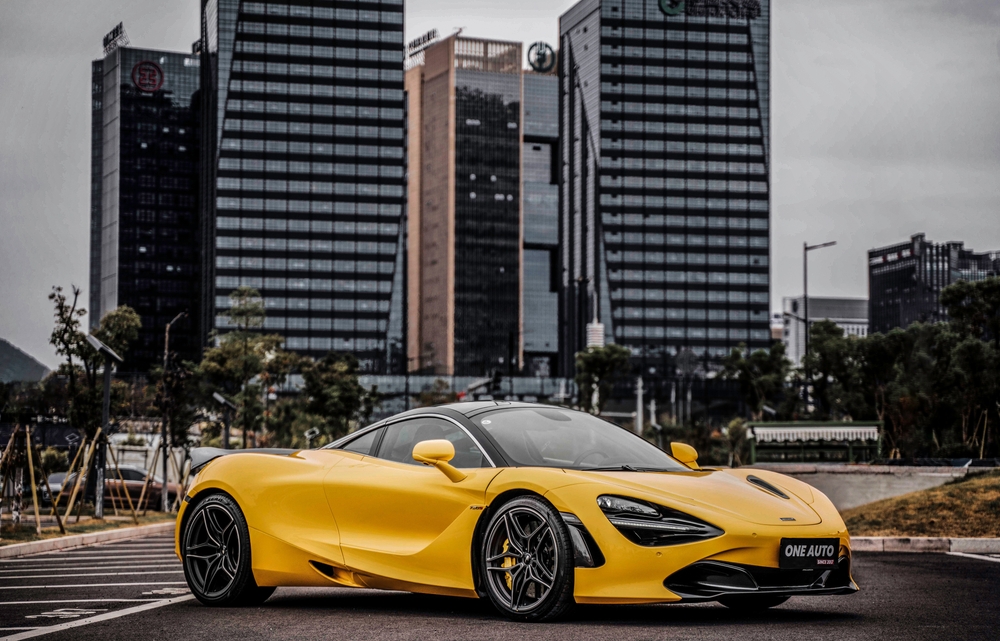
The McLaren 720S stands out in the supercar segment with its impressive performance and design. It is powered by a 4.0-liter twin-turbocharged V8 engine that delivers 710 horsepower, allowing it to reach 60 mph in a mere 2.9 seconds. The 720S boasts a top speed of 212 mph and features a carbon fiber tub and body panels that reduce weight while enhancing structural rigidity. Its Proactive Chassis Control II suspension system offers a perfect blend of ride comfort and handling precision.
McLaren 765LT
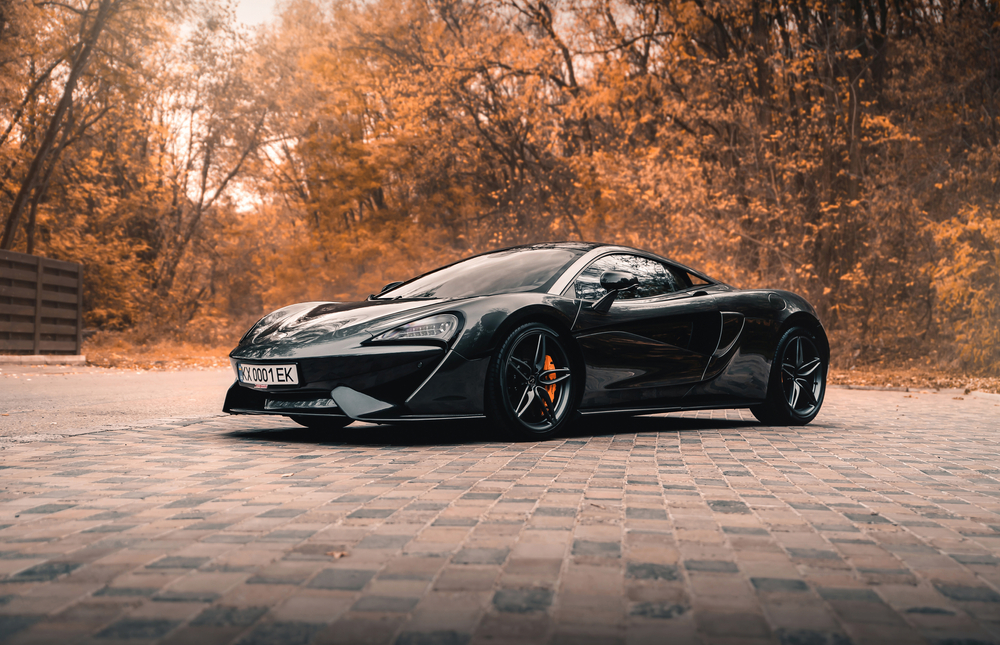
A track-focused variant of the 720S, the McLaren 765LT elevates performance with its 4.0-liter twin-turbocharged V8 engine producing 755 horsepower. Extensive use of carbon fiber reduces the car’s weight to just 2,952 pounds, enabling it to achieve 0 to 60 mph in 2.7 seconds. The top speed is 205 mph, and the track-tuned suspension along with bespoke Pirelli P Zero Trofeo R tires provide superior grip and handling.
McLaren Speedtail
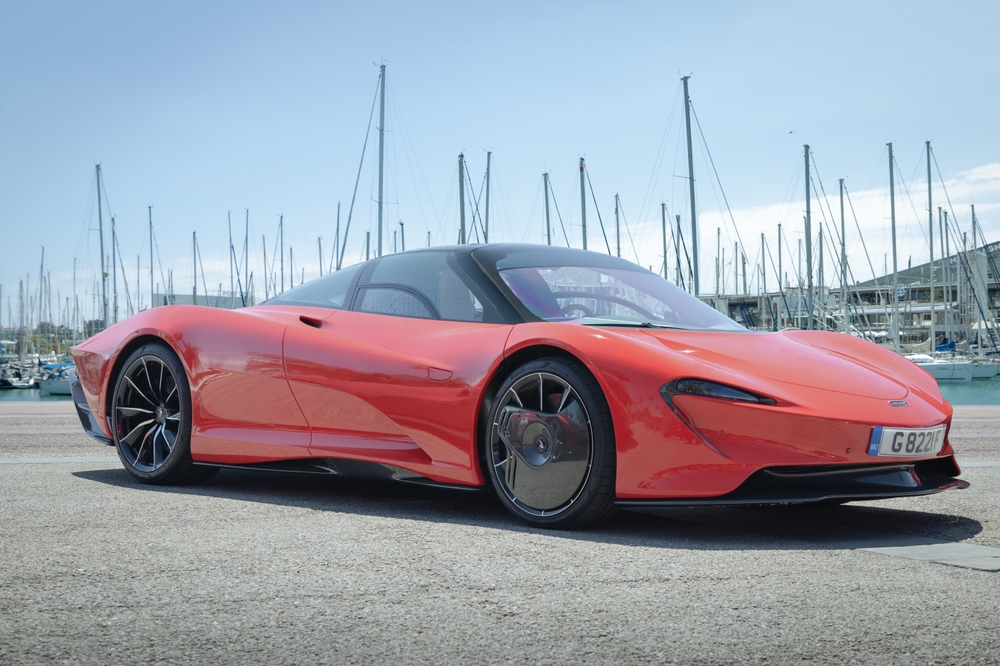
Blending luxury with breathtaking performance, the McLaren Speedtail is a hyper-GT like no other. It features a hybrid powertrain combining a 4.0-liter twin-turbocharged V8 with an electric motor, resulting in a total output of 1,035 horsepower. This allows the Speedtail to reach a top speed of 250 mph and accelerate from 0 to 186 mph in just 12.8 seconds. Its teardrop-shaped body and active aerodynamics are designed to minimize drag and maximize efficiency.
McLaren F1
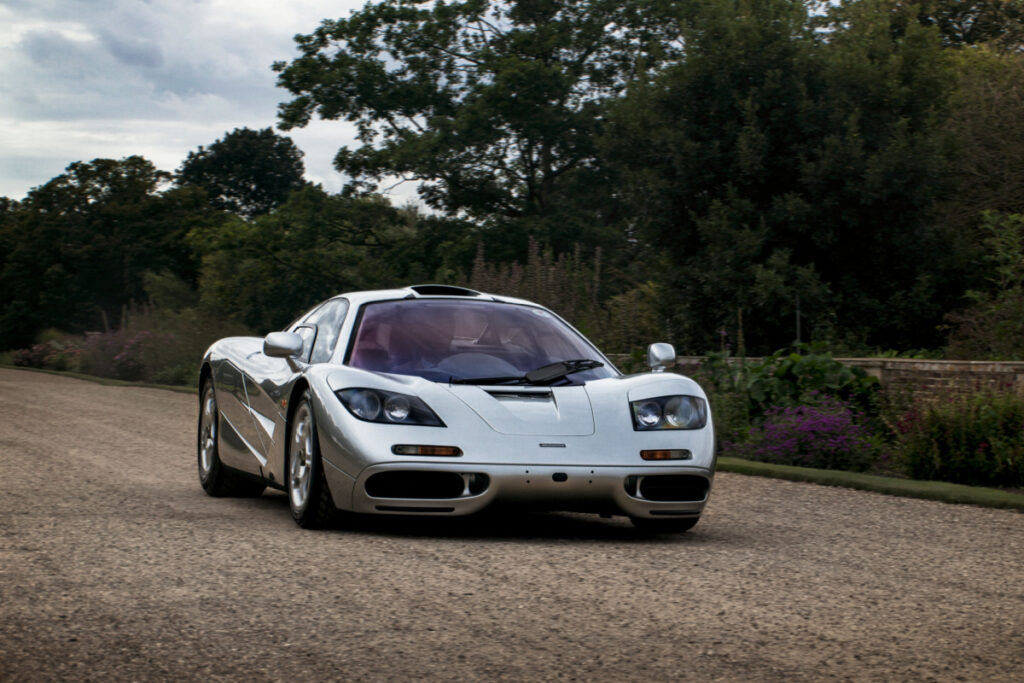
The McLaren F1, introduced in 1992, remains one of the most iconic supercars ever created. It features a naturally aspirated 6.1-liter V12 engine developed by BMW, producing 618 horsepower. At the time, the F1 was the fastest production car in the world, with a top speed of 240.1 mph. Its revolutionary carbon fiber monocoque and central driving position set new standards in automotive engineering.
McLaren 600LT
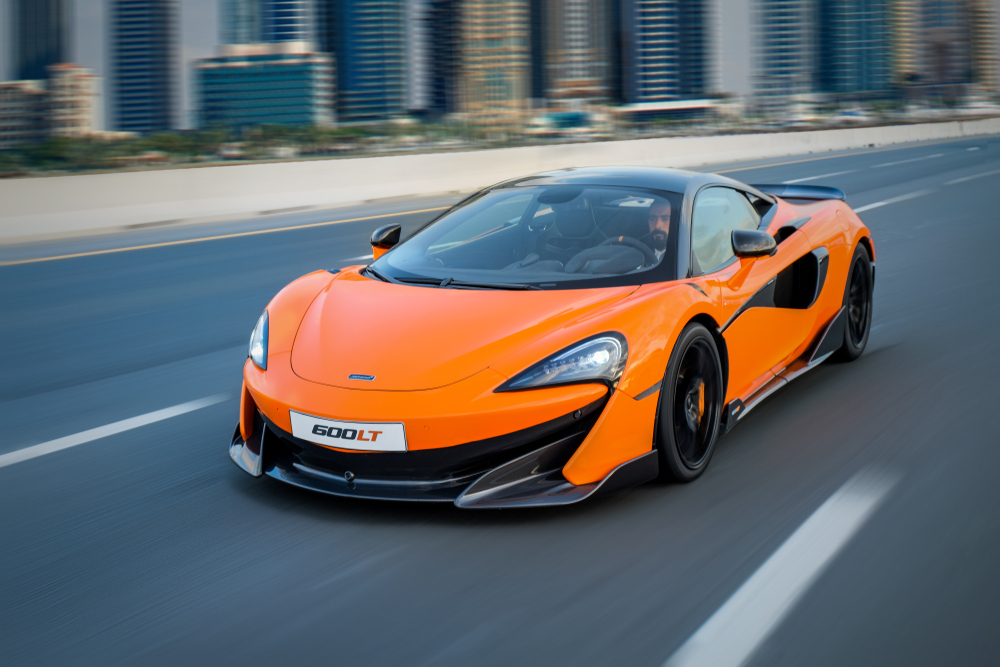
Emphasizing track performance and agility, the McLaren 600LT is a long-tail variant of the 570S. Its 3.8-liter twin-turbocharged V8 engine delivers 592 horsepower, allowing it to sprint from 0 to 60 mph in 2.9 seconds. Extensive use of carbon fiber reduces the car’s weight to just 2,749 pounds. The 600LT’s aggressive aerodynamic design and top-mounted exhausts enhance both performance and the driving experience.
McLaren MP4-12C
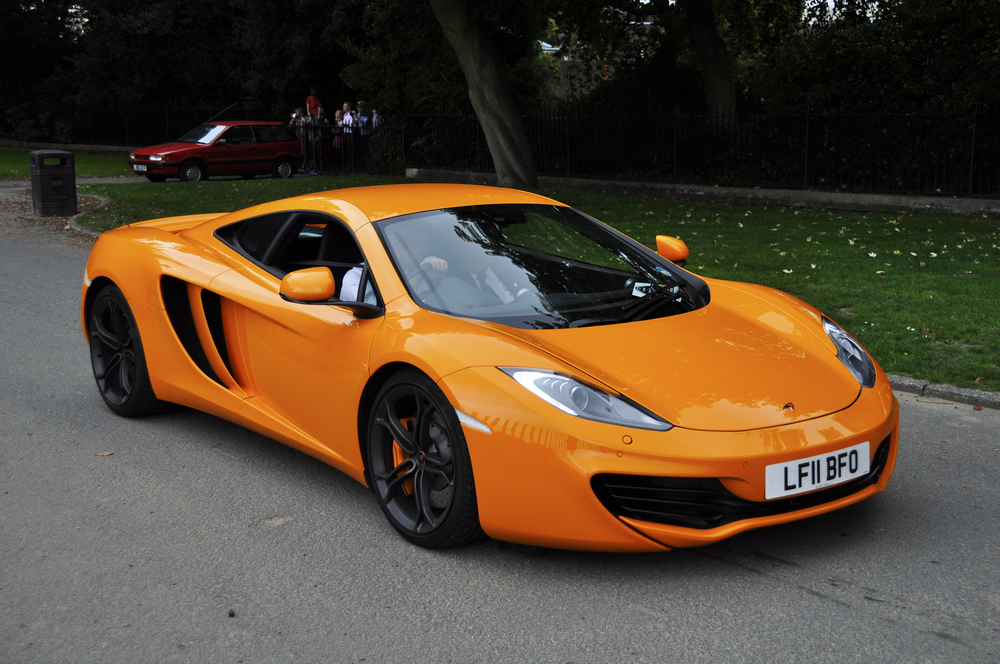
The McLaren MP4-12C marked the brand’s return to road car production in 2011, setting new benchmarks in the supercar segment. A 3.8-liter twin-turbocharged V8 engine powers the MP4-12C, producing 592 horsepower and 443 lb-ft of torque. Its carbon fiber MonoCell chassis contributes to the car’s light weight and rigidity. This supercar can accelerate from 0 to 60 mph in 3.1 seconds and has a top speed of 207 mph.
McLaren 650S
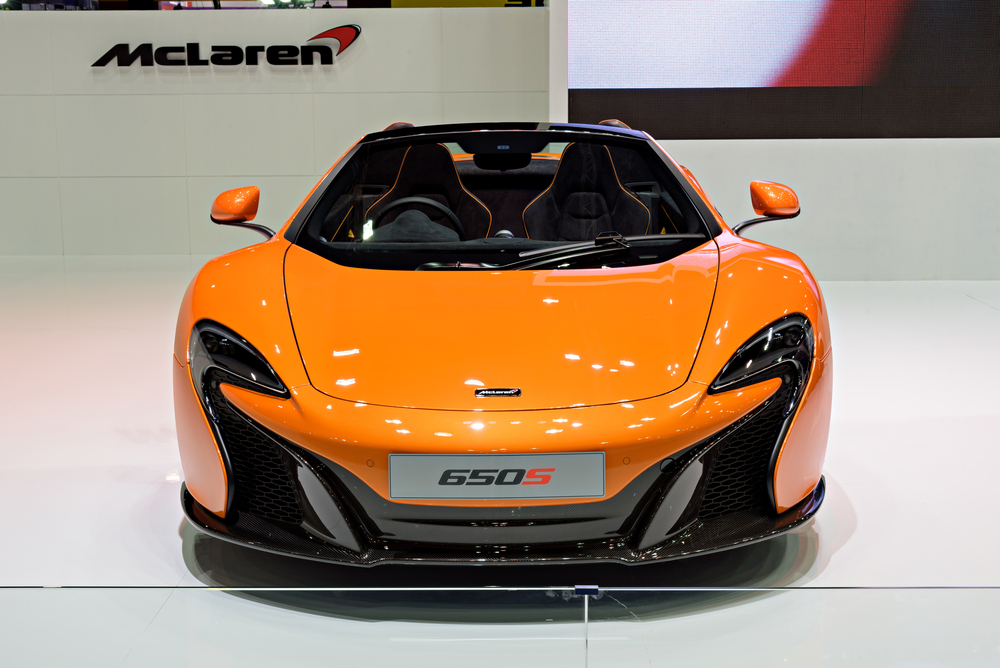
Building on the success of the MP4-12C, the McLaren 650S enhances performance and design. The 3.8-liter twin-turbocharged V8 engine produces 641 horsepower, allowing the car to accelerate from 0 to 60 mph in just 2.9 seconds. Featuring active aerodynamics, including a rear airbrake and adaptive suspension, the 650S offers optimal handling and stability. Its carbon fiber MonoCell chassis ensures a lightweight yet robust structure.
McLaren Elva
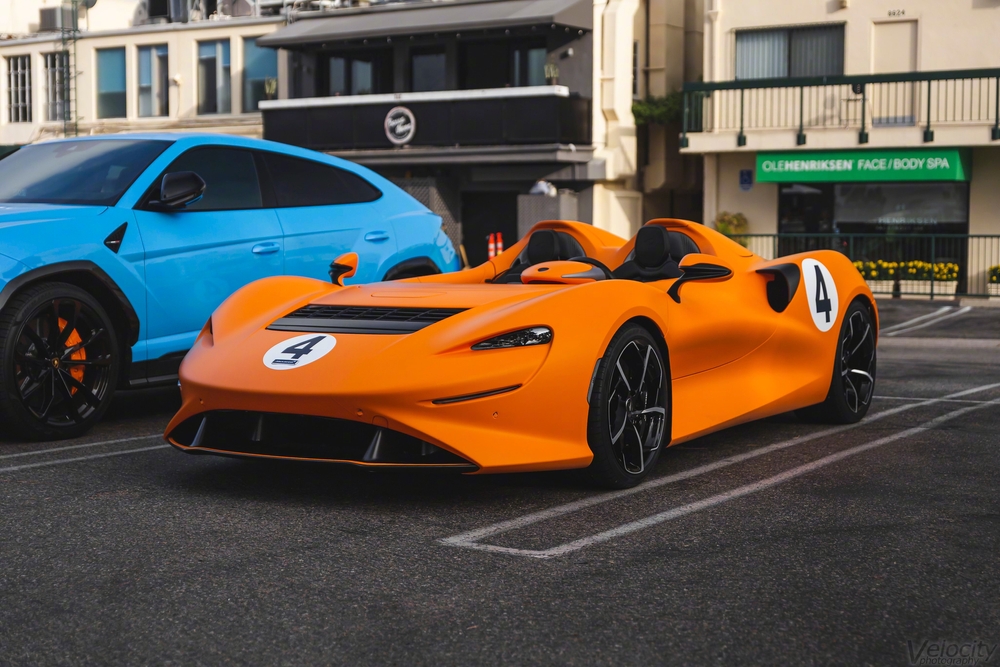
The McLaren Elva is an ultra-exclusive, open-top roadster that delivers an exhilarating driving experience. Powered by a 4.0-liter twin-turbocharged V8 engine, it produces 804 horsepower. The innovative Active Air Management System directs airflow over the cockpit, eliminating the need for a windshield.
McLaren 570S
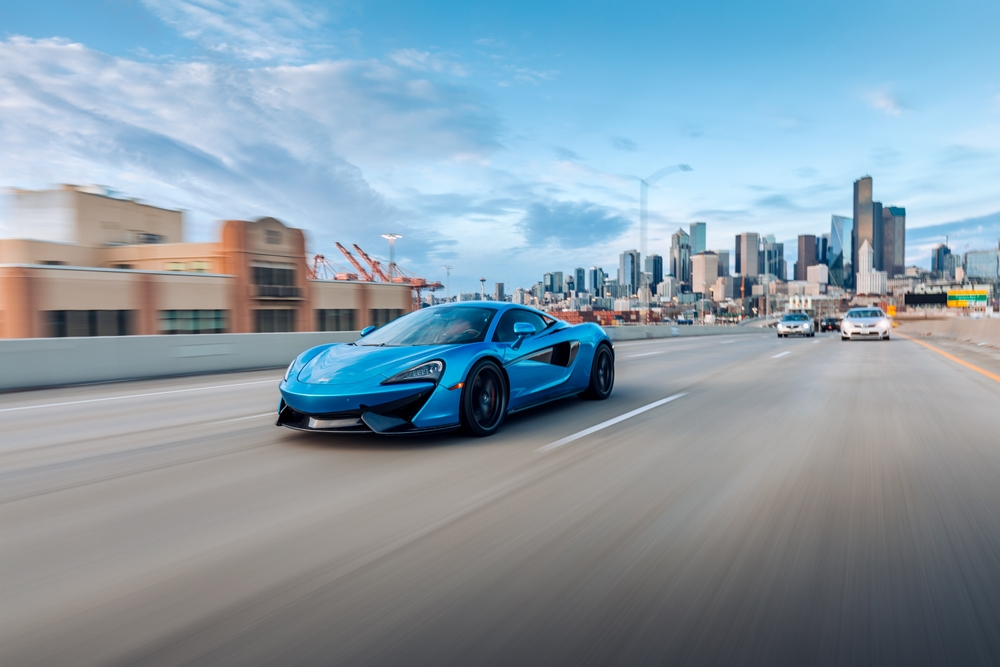
Offering a perfect balance of performance, luxury, and usability, the McLaren 570S is an impressive supercar. It features a 3.8-liter twin-turbocharged V8 engine producing 562 horsepower, enabling a 0 to 60 mph time of 3.2 seconds. The 570S’s carbon fiber MonoCell II chassis provides exceptional rigidity and light weight. Advanced suspension and aerodynamic design ensure excellent handling and stability.
McLaren GT
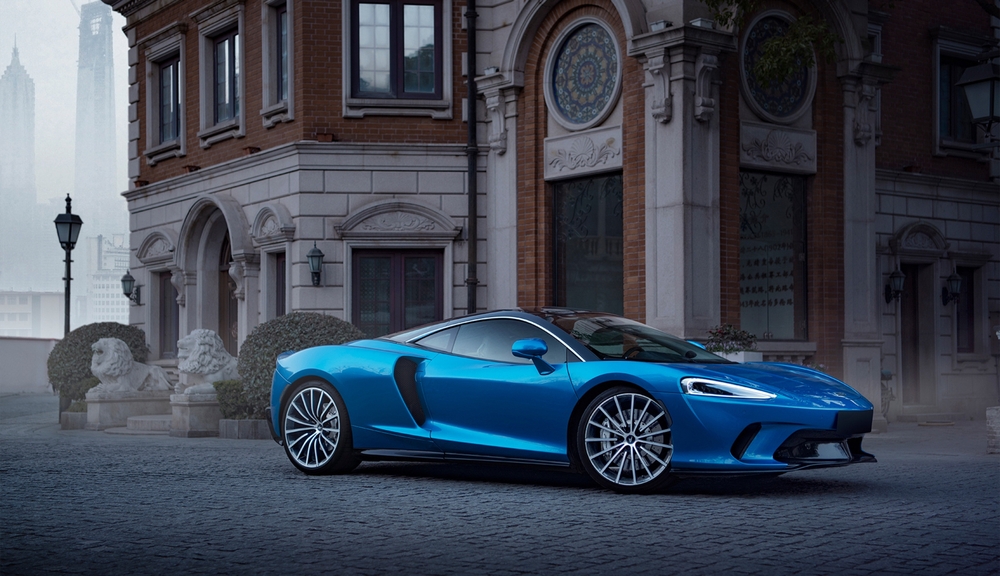
The McLaren GT redefines the grand tourer segment with its blend of performance, comfort, and luxury. A 4.0-liter twin-turbocharged V8 engine powers the GT, delivering 612 horsepower. This allows the car to accelerate from 0 to 60 mph in 3.1 seconds and achieve a top speed of 203 mph. With a spacious and luxurious interior and practical luggage capacity, the GT is ideal for long-distance driving.
McLaren 620R

Bringing race car performance to the road, the McLaren 620R is a track-focused sports car. Its 3.8-liter twin-turbocharged V8 engine produces 612 horsepower, allowing it to accelerate from 0 to 60 mph in 2.9 seconds. The 620R features adjustable aerodynamic elements, including a large rear wing and front splitter, enhancing its track capabilities. The suspension is derived from McLaren’s GT4 racing program, providing exceptional handling and precision.
McLaren 570GT
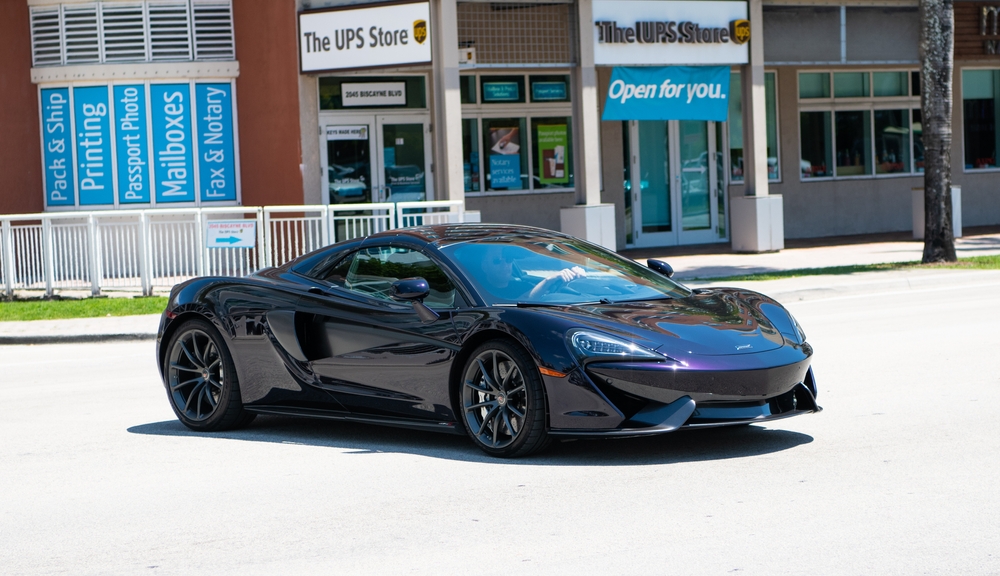
Combining supercar performance with grand touring comfort, the McLaren 570GT offers a unique driving experience. Its 3.8-liter twin-turbocharged V8 engine produces 562 horsepower, enabling a 0 to 60 mph time of 3.3 seconds. The 570GT features a spacious and luxurious interior, enhanced by a panoramic glass roof for improved visibility. Its lightweight carbon fiber MonoCell II chassis and advanced suspension system provide dynamic handling and a smooth ride.
McLaren Artura
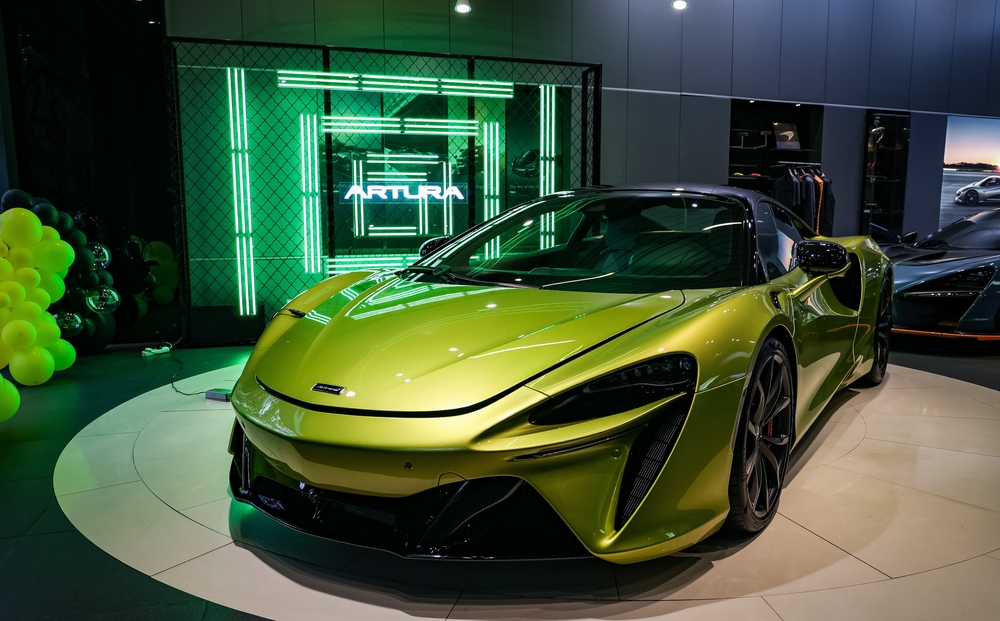
Representing McLaren’s commitment to hybrid technology and sustainable performance, the Artura is a groundbreaking model. It features a 3.0-liter twin-turbocharged V6 engine paired with an electric motor, delivering a combined 671 horsepower. The Artura can accelerate from 0 to 60 mph in 3 seconds and reach a top speed of 205 mph. Its lightweight carbon fiber architecture and advanced aerodynamics ensure optimal performance and efficiency.
This article originally appeared on MyCarMakesNoise.
More from MyCarMakesNoise
18 Trailblazing Hydrogen Fuel Cell Cars on the Road Today

As the world moves towards sustainable energy solutions, hydrogen fuel cell cars are at the forefront of this green revolution. These innovative vehicles offer a glimpse into the future of transportation, combining cutting-edge technology with eco-friendly fuel. Read More.
The World’s 25 Most Bustling Airports and Their Unique Highlights

Air travel has become an integral part of our globalized world, connecting people and places like never before. Some airports stand out due to the sheer volume of passengers and flights they handle daily. Read More.
18 Obscure Concept Cars That Never Made It to Market
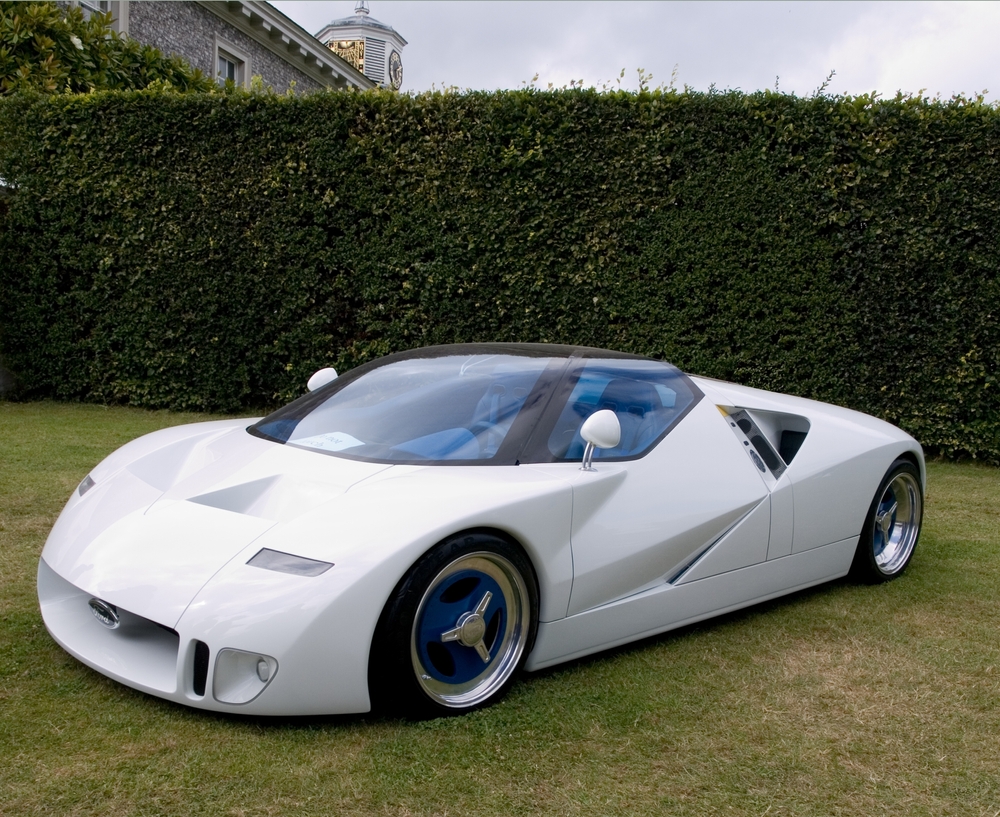
Concept cars often push the boundaries of design and technology, showcasing what the future of the automotive world could look like. However, not all these innovative vehicles make it to the production line. Read More.

